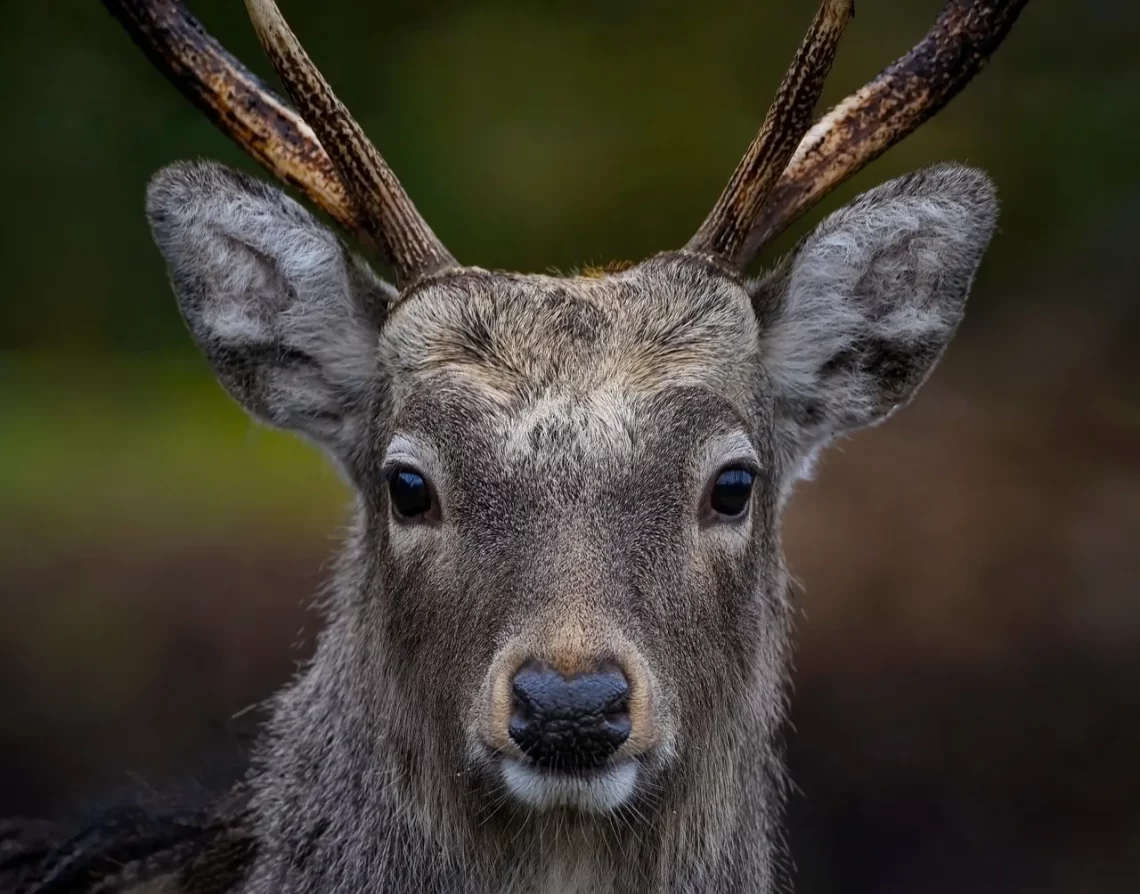
Do Deer Eat Walnuts? Understanding Their Diet and Preferences
Deer are fascinating creatures that roam across various landscapes, from dense forests to open fields. Their diet is a vital aspect of their behavior and ecology, influencing not only their health but also the overall balance of their habitats. As herbivores, deer primarily consume a wide range of plant materials, adapting their feeding habits to the seasons and availability of food sources. This adaptability allows them to thrive in diverse environments, making them a common sight in many parts of the world.
The diet of deer varies significantly depending on species, habitat, and seasonal changes. They are known to graze on grasses, leaves, fruits, and nuts, showcasing their opportunistic feeding behavior. Understanding what deer eat helps in wildlife management and conservation efforts, as well as in creating environments that support their populations. With this knowledge, landowners and wildlife enthusiasts can better appreciate these animals and their role in the ecosystem.
As we delve deeper into the dietary preferences of deer, we will explore their nutritional needs, the specific foods they favor, and how human activities can influence their feeding habits. This exploration will shed light on a critical aspect of deer biology, enriching our understanding of these majestic animals.
Dietary Preferences of Deer
Deer have a diverse diet, which is largely determined by their species, habitat, and seasonal availability of food. Generally classified as browsers, they primarily consume leaves, twigs, fruits, and, notably, nuts. The nutritional content of these food sources is crucial for their survival, especially during the harsher seasons when other food might be scarce.
In the fall, many deer species actively seek out acorns, hickory nuts, and other mast crops as they are high in energy and fats, which are vital for building fat reserves before winter. Walnuts, similar to acorns, are nutrient-rich and can be a part of their diet if available. However, deer tend to prefer certain types of nuts over others, and their foraging behavior can be influenced by the competition from other wildlife.
Moreover, the palatability of walnuts can vary. While they are not toxic, deer might be selective, favoring foods that are softer or more tender. This selectivity is influenced by the availability of alternative food sources. In areas where walnuts are abundant, deer may consume them. However, they often prioritize more easily digestible options over harder nuts.
Seasonal changes also play a significant role in what deer eat. In spring and summer, deer consume a variety of green plants and tender shoots, which are abundant and provide essential nutrients for growth and reproduction. As the seasons change and food availability fluctuates, deer adapt their diet accordingly.
Understanding these dietary preferences can aid in wildlife management and conservation efforts, ensuring that deer populations remain healthy and balanced within their ecosystems. It also emphasizes the importance of preserving natural habitats that support a diverse range of plant life, as this biodiversity is critical for the well-being of deer and many other species.
The Role of Nuts in Deer Nutrition
Nuts serve as an important food source for deer, particularly in certain regions where they are plentiful. Walnuts, along with other varieties such as acorns and hickory nuts, provide essential fats and proteins that are crucial for the deer’s overall health. The high energy content in nuts makes them an attractive option, especially during the fall when deer are preparing for the winter months.
While walnuts are not the first choice for all deer, they can still play a significant role in their diet. The nutritional profile of walnuts includes essential fatty acids, vitamins, and minerals that contribute to the development and maintenance of healthy deer. However, the hard shell of walnuts may deter some deer from consuming them as readily as softer nuts.
In terms of digestibility, deer have a unique digestive system that allows them to break down fibrous plant material efficiently. However, the harder textures of certain nuts can pose a challenge. Deer may choose to eat walnuts when softer options are unavailable, but they might also opt for easier-to-digest alternatives when available.
Furthermore, the presence of nuts in a deer’s diet can influence their behavior and habitat use. Areas with abundant nut-producing trees can attract deer, leading to increased foraging activity in those locations. This can have implications for local ecosystems, as deer contribute to seed dispersal and the management of plant communities through their feeding habits.
Overall, while walnuts may not be a primary food source for deer, they can certainly supplement their diet when conditions allow. Understanding this aspect of deer nutrition highlights the complexity of their feeding behaviors and the importance of maintaining diverse ecosystems that support their dietary needs.
Impact of Human Activities on Deer Diets
Human activities significantly influence deer diets and their foraging behaviors. Urban development, agriculture, and forestry practices can alter the availability of natural food sources, impacting deer populations and their health. As humans expand into natural habitats, the foods that deer rely on may become scarce, leading to changes in their dietary habits.
For instance, agricultural practices can both positively and negatively impact deer diets. On one hand, crops such as corn and soybeans can provide a rich food source for deer. On the other hand, the loss of native vegetation due to land clearing and monoculture farming can reduce the overall biodiversity that deer depend on for a balanced diet.
Additionally, hunting and land management practices can further affect deer populations and their access to food. In areas where hunting is restricted or managed sustainably, deer populations may thrive, leading to increased competition for available food sources. This can result in dietary changes as deer adapt to what is accessible in their environment.
Moreover, the introduction of non-native plant species can also alter deer diets. These invasive species may outcompete native flora that deer typically consume, forcing them to adapt to new food sources that may not provide the same nutritional value.
Human-induced changes to the landscape can lead to a cascading effect on deer health and population dynamics. Understanding these impacts is crucial for wildlife management and conservation efforts aimed at maintaining healthy deer populations. It emphasizes the need for sustainable practices that consider the dietary needs of deer and the importance of preserving their natural habitats.
Conclusion: The Complex Relationship Between Deer and Their Food Sources
The relationship between deer and their food sources is complex and influenced by various factors, including species, season, and environmental conditions. While walnuts can be a part of their diet, they are not always the preferred choice. Deer are opportunistic feeders, adapting their diets based on the availability of food and their specific nutritional needs.
Understanding deer diets is essential for wildlife management and conservation efforts. It allows us to appreciate the ecological roles deer play in their environments and the importance of maintaining diverse habitats that support their food sources.
As human activities continue to impact natural landscapes, recognizing the consequences on deer populations and their diets becomes increasingly important. Sustainable land management practices can help ensure that deer have access to the foods they need for survival, contributing to the overall health of ecosystems.
In summary, the dietary habits of deer highlight the intricate connections between wildlife, their habitats, and human influences. By fostering a deeper understanding of these relationships, we can work towards creating environments that support both deer populations and the biodiversity of the ecosystems they inhabit.
**Note:** This article is for informational purposes only and does not constitute medical advice. For any health-related concerns, please consult a qualified healthcare professional.




